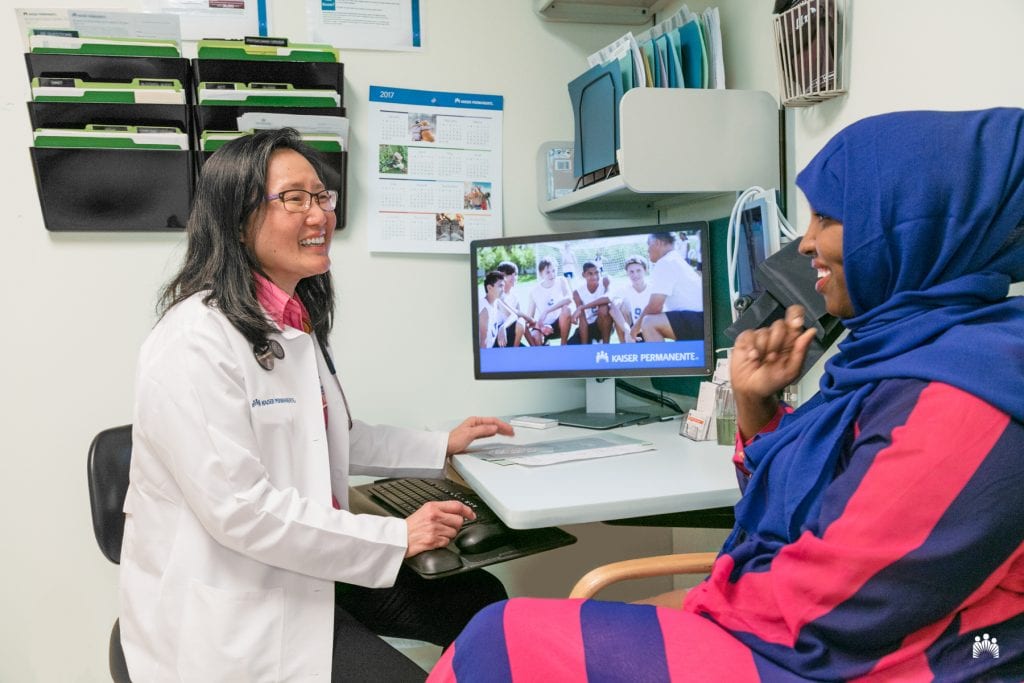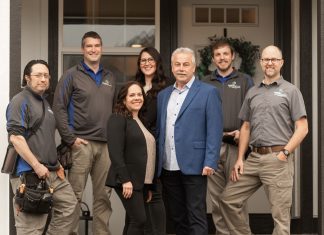Submitted by Yan Liu Baum, MD (Family Medicine, Kaiser Permanente Tacoma South Medical Center)
If you could do something to prevent the fourth most common cancer before it even starts, would you do it? Great news – now you can. Vaccinate your children against HPV.
Researchers know that the human papillomavirus causes 90% of cervical and anal cancers. HPV also causes many other cancers of the throat, mouth and genitals. From 2011-2015, about 42,700 HPV-related cancers occurred. HPV comes in more than 100 different strains and not all indicate risk for cancer. But reducing our incidence of HPV is a great way to cure cancer before it starts.
Much like the flu, HPV is a virus that has no treatment. It is the most common sexually transmitted infection in the nation prevalent – a study in 2014 found that 42% of adults 18-65 have some form of HPV right now and the CDC estimates that 80% of people will get an HPV infection in their lifetime. Most people who are carriers don’t even know they have it. It’s very easy to contract through sexual skin-to-skin contact. That makes it critical that we vaccinate before patients contract the disease.
The good news is that the vaccine is very effective. The bad news is that only about half of teens are up-to-date on the vaccine, with about a two thirds having one of the two doses only.
Compare this with Australia. There, the government implemented a school-based vaccination program that by 2013 was offering the HPV immunization to boys and girls nationwide. Paired with an effort to increase cervical screening for women, Australia has been able to reduce infection by cancer-causing HPV by 77%. Researchers now expect that by 2028 they can reduce the rate of cervical cancer to 4 in 100,000 women and then virtually eliminate it by 2066. Australia is curing cancer.

Meanwhile, in the United States, the anti-vaccination movement plus our unwillingness to discuss teenage sexuality has resulted in our lower vaccination rates. We know from scientific studies that the vaccine is effective and that it has no impact on adolescent sexuality. Several states have undertaken public education efforts about the HPV vaccine because of its potential to stop cancers. Making sure patients know what HPV is and why we vaccinate against it is critical.
Think of it this way: if you could give your child two shots that would significantly reduce their likelihood of cervical and anal cancers, would you?
The vaccine is only effective before a patient gets infected. Right now, the CDC is recommending vaccination up to age 26 though the vaccine can work up to age 45.
Patients who were sexually active before the vaccine’s prevalence or did not get vaccinated need to be vigilant about cancer screenings.
- For women, this means cervical exams every 3 years for ages 21-29 and every 5 years for ages 30-65 if their cervical exams have been always normal previously.
- For men, the recommendation is a preventive visit at least every four years for ages 22-49, every 2 years for ages 50-64 (however, you need a once per year colon cancer screen), and every year for 65 and older if they do not have any other medical conditions.
By discovering HPV or any abnormal pap smear early, you can detect any problems early when they’re most treatable.
It is a fantastic scientific discovery that we know exactly what causes the cervical cancers and we have a way to stop them. We all talk about curing cancer – here’s one way you can help make that happen. Talk to your primary care provider about the HPV vaccine for your children – and maybe you! It’s like an investment in your future.














































